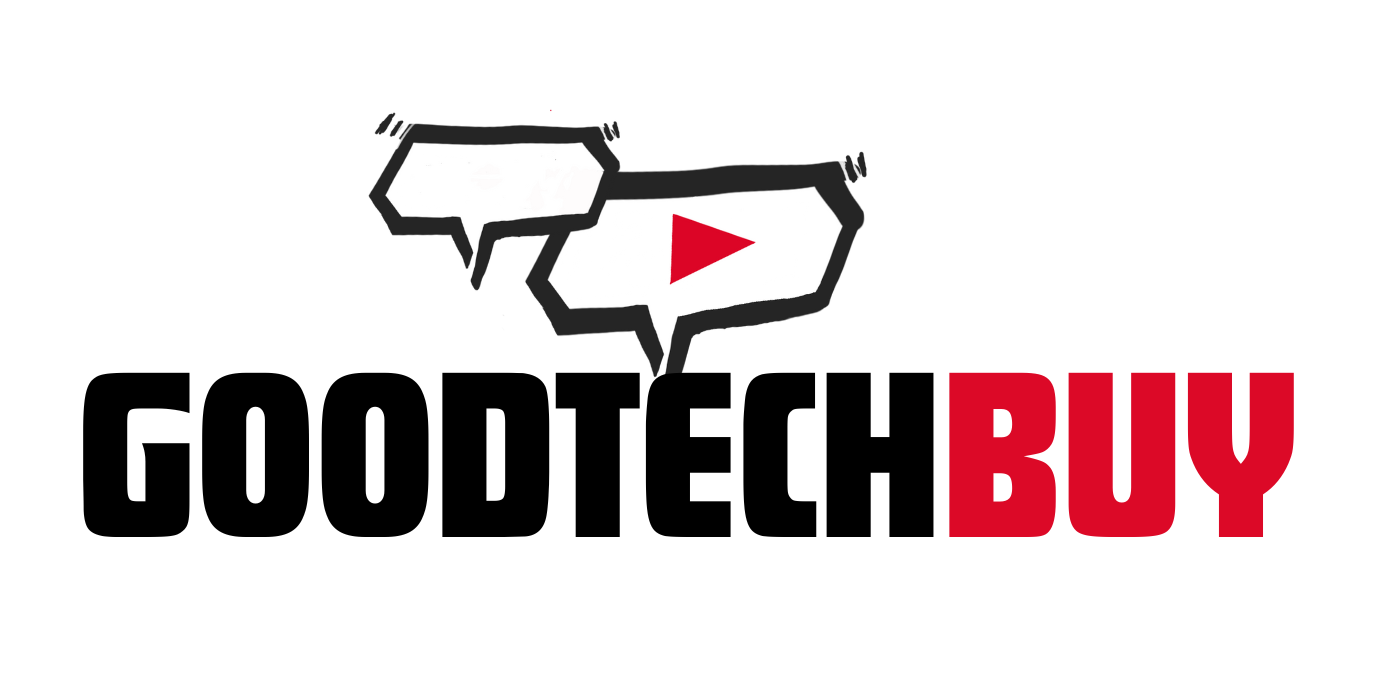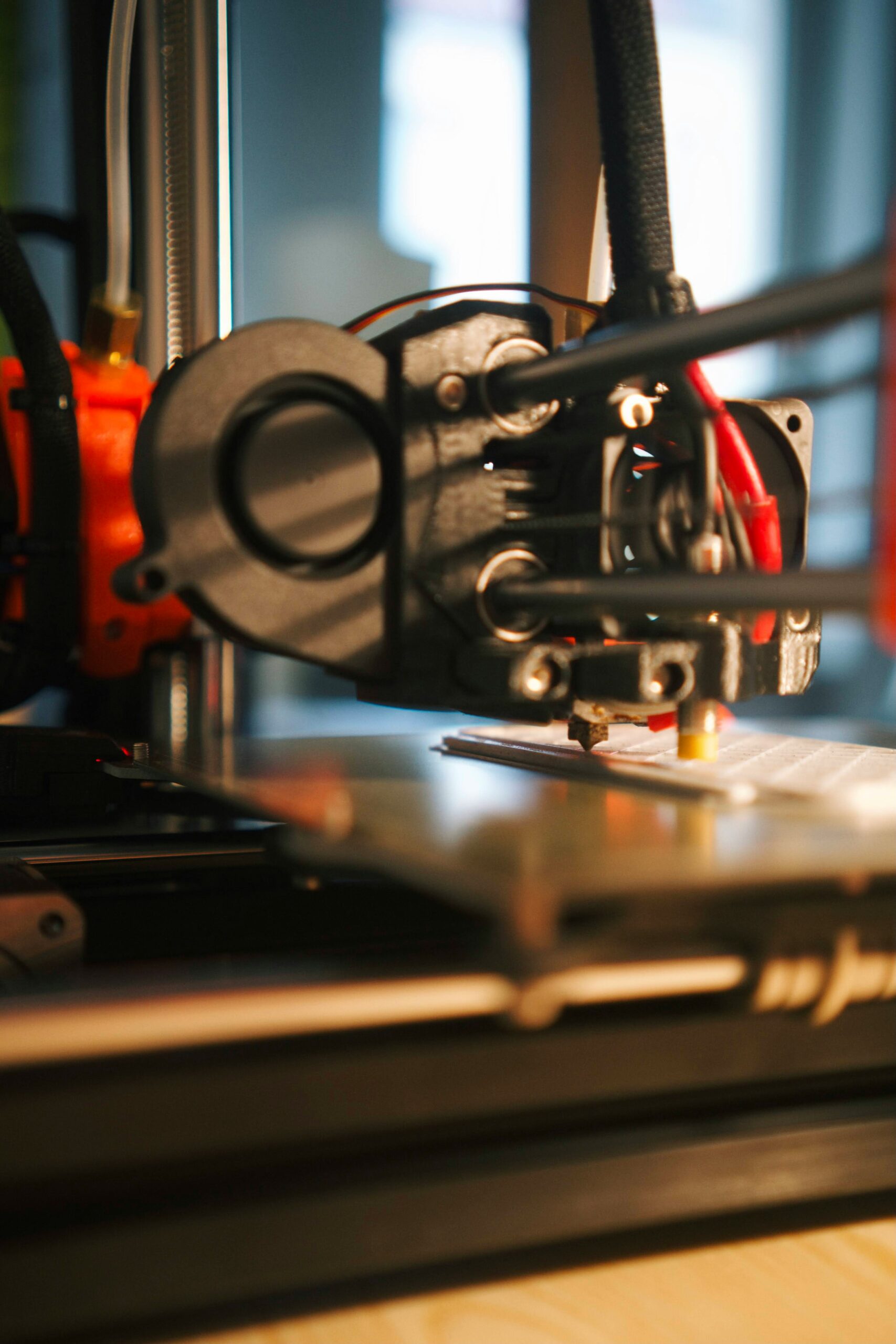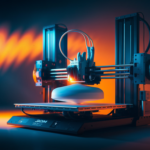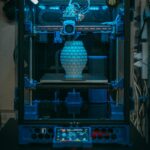Understanding Your Business Needs
Choosing the right 3D printer for your small business begins with understanding your specific business needs. Different 3D printers cater to different requirements, whether it’s intricate design prototypes or manufacturing small batches of products. Consider the primary purpose of the 3D printer in your daily operations. Knowing the tasks you need the printer to perform will help you narrow down your options.

Evaluating Print Quality and Speed
Print quality and speed are crucial factors when selecting a 3D printer. High-resolution printers are ideal for businesses that require intricate details, such as product design or customized goods. Conversely, if your business needs rapid production, look for printers with faster print speeds, even if it means sacrificing some detail. Balancing quality and efficiency based on your specific needs will ensure optimal results.
Here are 4 fast and low-cost 3D printers that are great options:
- Creality Ender 3 S1
- Speed: Up to 150 mm/s
- Build Volume: 220 x 220 x 270 mm
- Price: Around $350
- Features: Direct drive extruder, auto bed leveling, and easy upgrade options.
- Visit Creality website.
- Anycubic Kobra
- Speed: Up to 180 mm/s
- Build Volume: 220 x 220 x 250 mm
- Price: Around $300
- Features: Auto bed leveling, touchscreen interface, and fast assembly.
- Visit Anycubic website.
- Artillery Genius Pro
- Speed: Up to 150 mm/s
- Build Volume: 220 x 220 x 250 mm
- Price: Around $400
- Features: Direct drive extruder, silent operation, and precise printing with good speed.
- Voxelab Aquila
- Speed: Up to 180 mm/s
- Build Volume: 220 x 220 x 250 mm
- Price: Around $200
- Features: Sturdy build, glass bed for better adhesion, and open-source for easy modifications.
These printers offer a great balance of speed, quality, and affordability, making them ideal for those looking for efficient 3D printing on a budget.
Considering Material Compatibility
The type of materials a 3D printer supports can significantly impact your decision. Different printers work with specific materials like PLA, ABS, resin, or metal. Depending on your business products, you may need a printer that handles multiple materials or one suited for a particular type. Evaluate the cost and availability of these materials as well, as they will affect your overall budget and production process.
Budget and Maintenance Costs
Your budget will play a pivotal role in choosing the right 3D printer. Besides the initial purchase cost, consider the long-term expenses associated with maintenance, software, and material replenishment. Some printers might be more affordable upfront but have higher ongoing costs. Ensuring a balance between initial cost and recurring expenses will help maintain financial stability for your small business.






